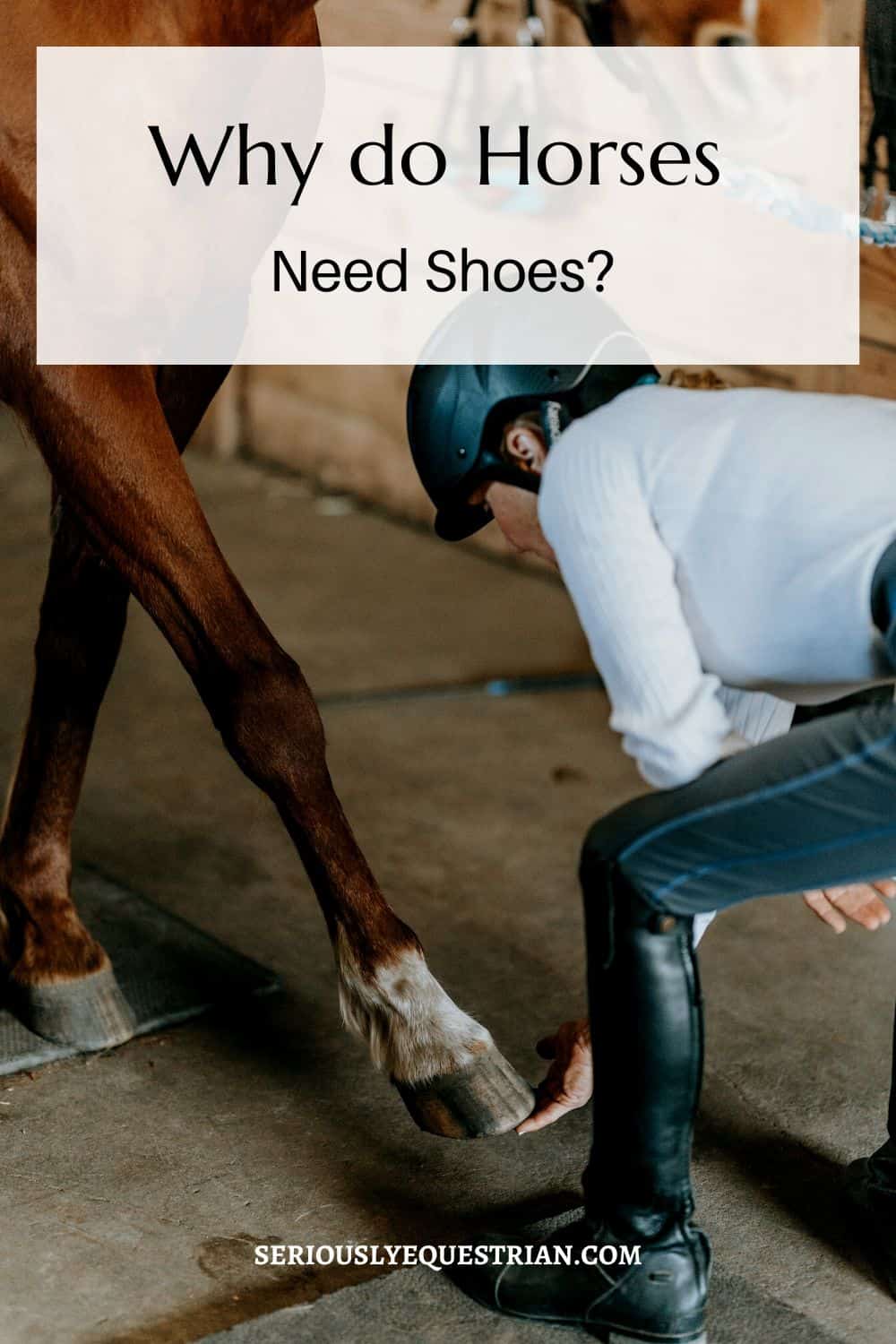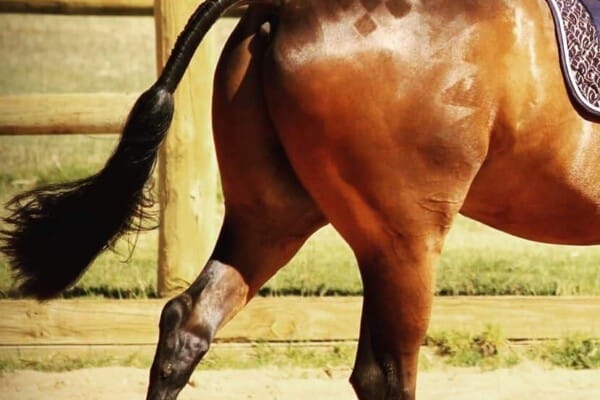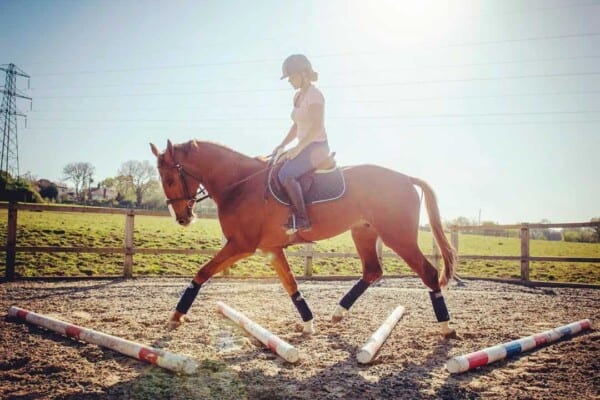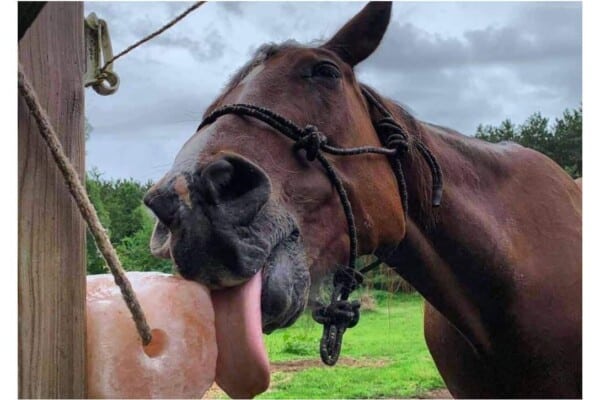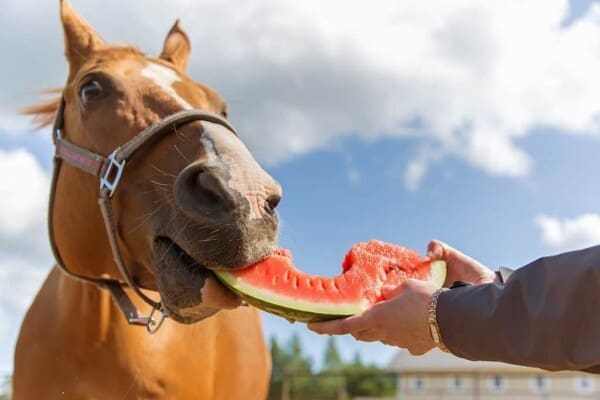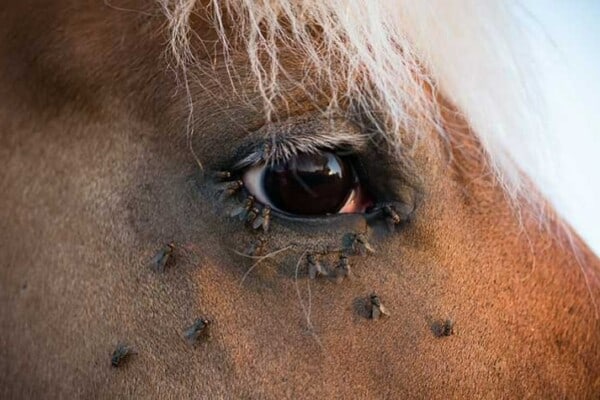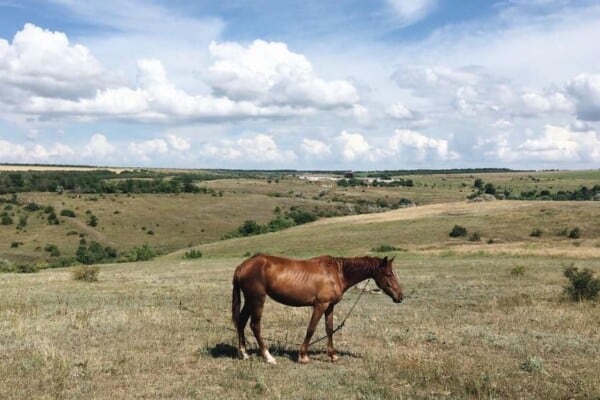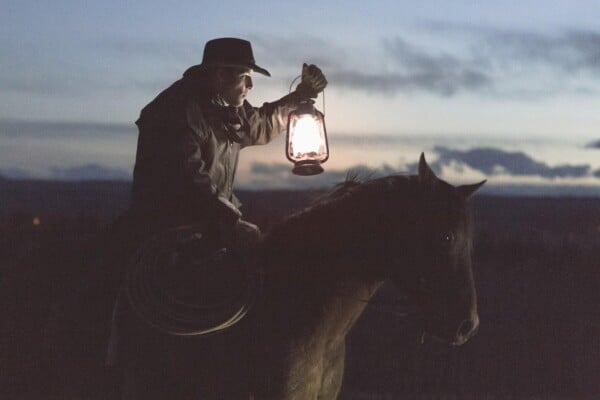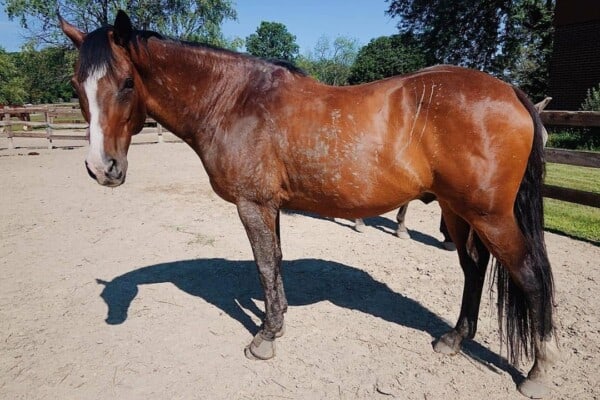In case you didn’t know by now, a horse’s hoof is generally referred to as the equivalent of a human fingernail, simply because once it starts growing it never really stops nor slows down again.
Instead, it will continue to grow for pretty much the rest of the horse’s life altogether.
The main reason why they do this in the first place is because in nature, wild horses will eventually wear down their feet and they will need them to grow back up sooner than later but as you can tell, this doesn’t apply to domesticated horses.
In order to keep those hooves clean and make sure that they don’t get hurt while galloping, the rider will need to trim them down himself and eventually even apply shoes to them.
But this begs the question of how can an ordinary rider know exactly when the horse needs to have his or her shoes put on, and what these shoes even do to them considering the fact that in nature, horses don’t have anything like that to help them.
So, let’s not waste anymore time and instead give you the answers you’re looking for, starting off with:
Why do Horses Need Shoes?
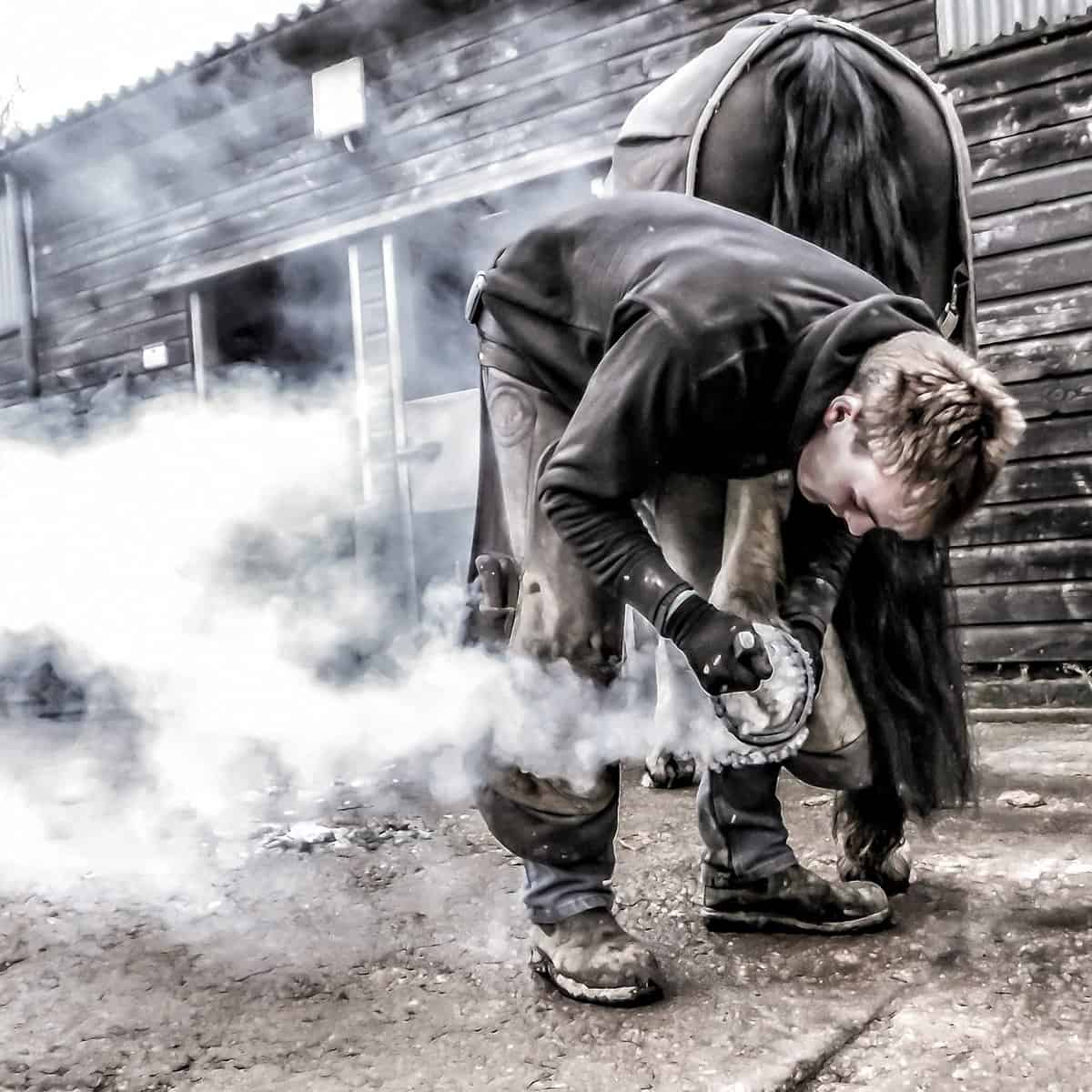
The reason as to why horseshoes are found on pretty much every single horse breed out there except for wild ones is definitely the fact that the wild ones do not need to work as hard to live through life.
The saddest part about this is that horseshoes are literally just made to increase the durability of the hoof for working shoes, which means that if we didn’t force them to do labor for us, we wouldn’t need to give them shoes to begin with.
As we mentioned previously, the hoof is actually made up of keratin, which is exactly what your own fingernail is made up of, but there are a few key differences between the two.
For example, the hoof has an extra inner part that is a lot softer known as the frog. This part of the hoof is actually very easy to damage and most importantly, if not taken care of and protected it can get hurt pretty much overnight which can result in permanent damage for the horse.
The more worked the horse is, the higher the chances of the hoof naturally wearing away and as such if you want to keep your horse safe and healthy and capable of moving around on his own you will need to make sure that their frog is healthy to begin with.
What Are Horseshoes Made Out Of?
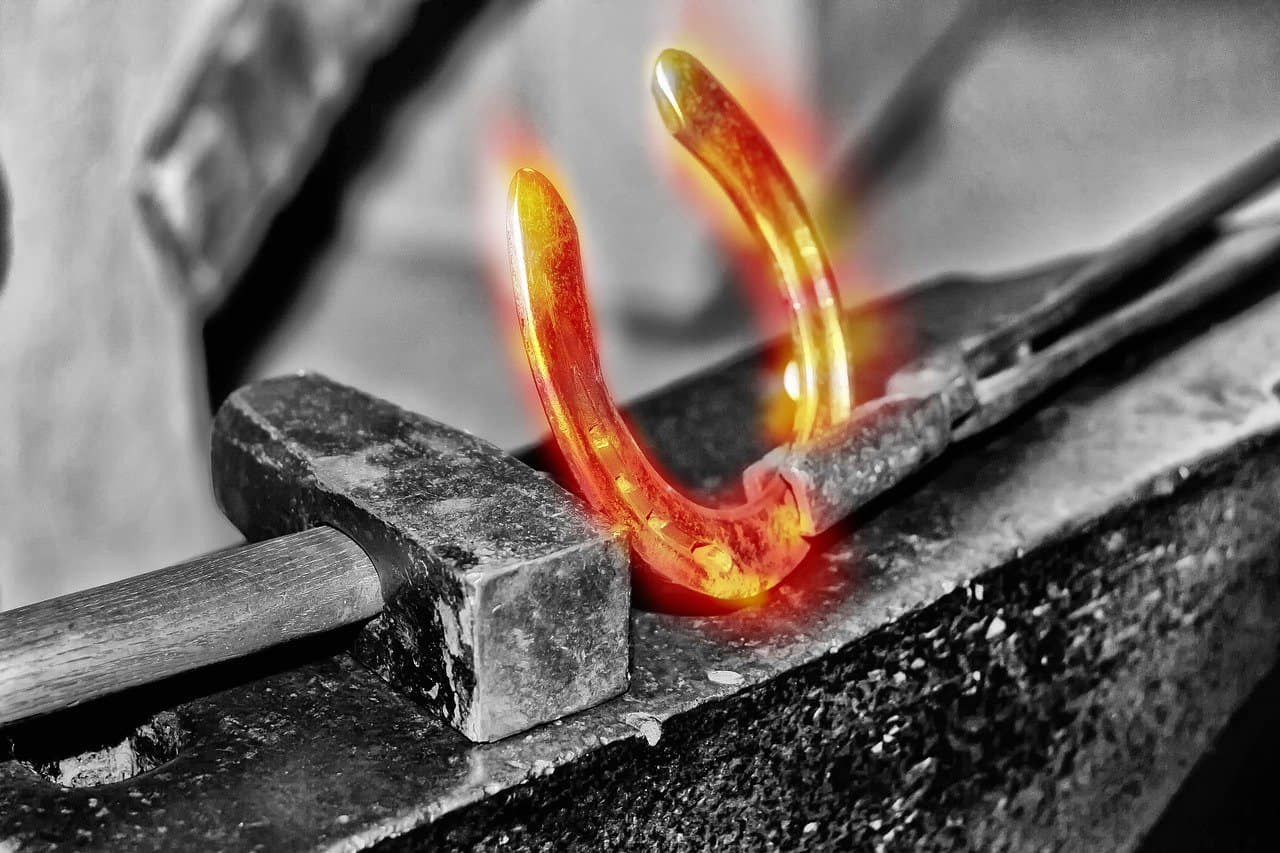
As you can probably tell right off the bat, horseshoes are made out of steel for the most part, although you can also find certain models that are made up of different materials from time to time too.
For example, you can see racehorses wearing horseshoes made up of aluminum most of the time, which is due to the fact that the lighter material makes them run faster which is all that they really care about in that sport to begin with.
Another instance of horses wearing shoes made up of a different material than steel is for those moments when the horse appears to be wearing “boots” which are made up of rubber.
The reason as to why they wear these in the first place is the fact that they are injured and as such they can’t properly step on those hooves without help.
But, as we mentioned already, most if not every other type of a horse out there with the exception of wild horses will be wearing steel horseshoes.
Should My Horse Wear Shoes?

There are actually four instances in which your horse should definitely be wearing shoes, and they are the following: protection, performance, medical issues or conformation.
Protection
Protection wise, if your horse is currently being put under a lot of pressure working hard all day long then chances are that you will need to give them their very own pair of hard and sturdy shoes to help them get their jobs done.
These shoes are going to help them a lot, especially by providing them with the much-needed traction that they will need to pull the weights around enough.
Performance
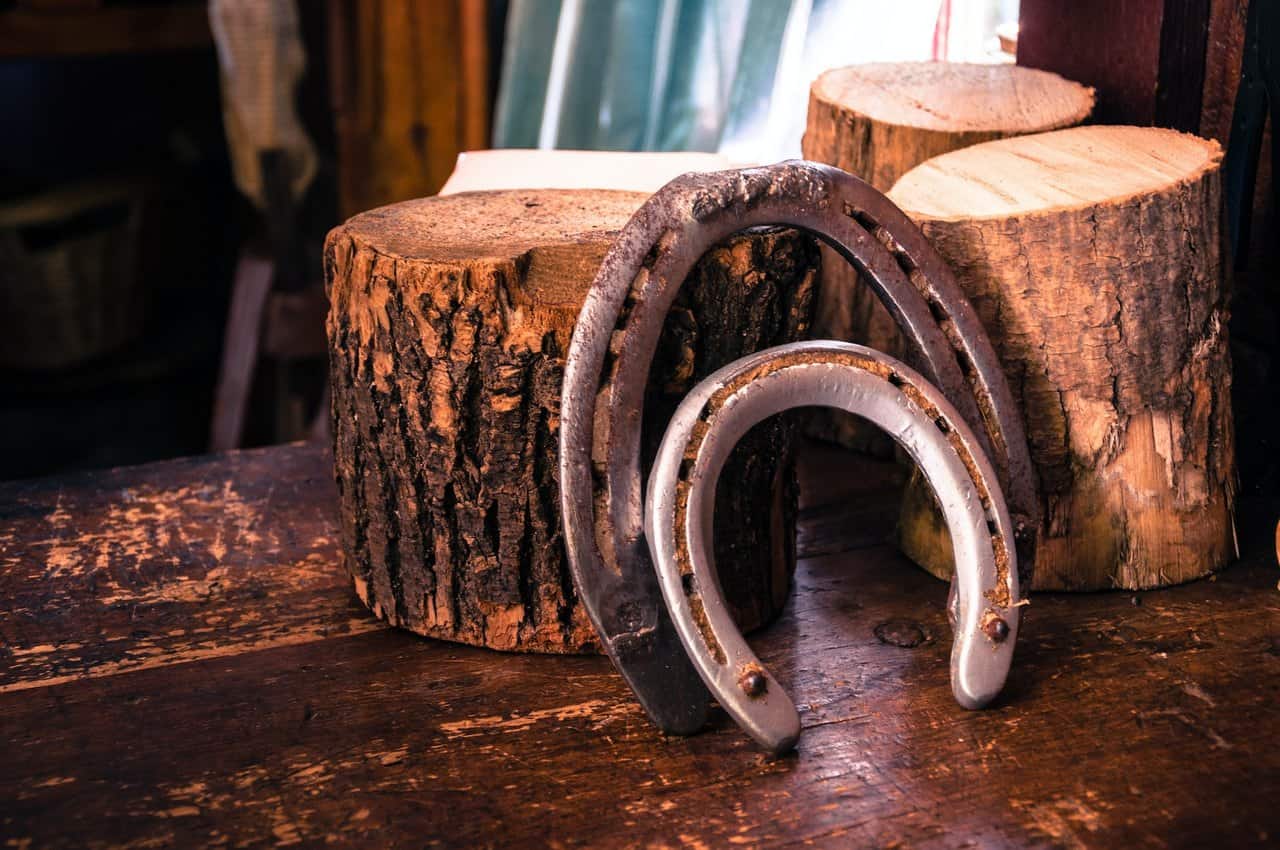
When it comes to their overall performance though you should know by now that if the horse is currently working in a very cold and snowy area then they will need studded shoes and snowball pads to be able to move properly through the icy regions.
While this may sound like it is all about the horse’s protection again you are mistaken as it has a lot less to do with that and instead it’s mostly done as a means of improving their overall traction on the slippery ground.
There are also a lot of jobs out there that require the horses to jump a lot higher than usual which is where shoes with increased supports come into play.
Medical Issues
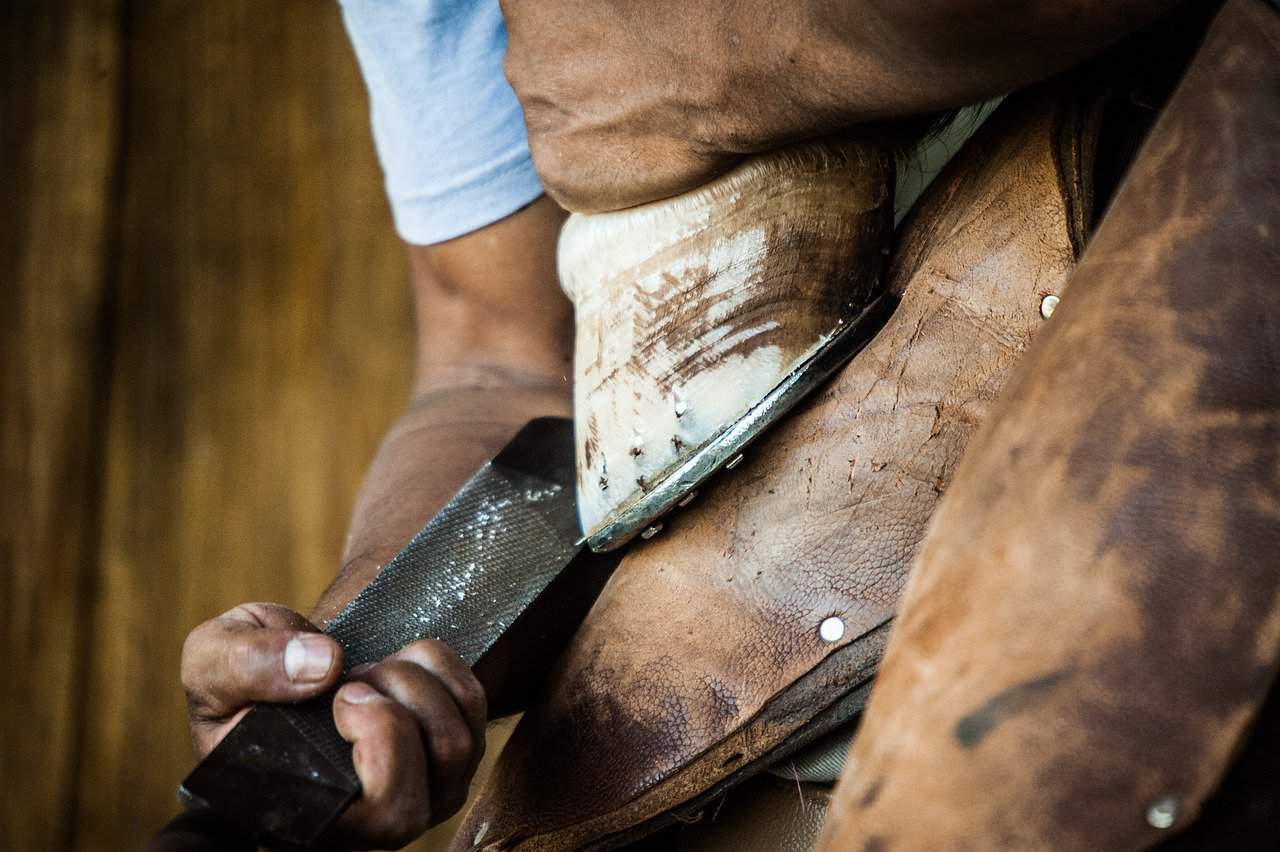
We won’t delve too deep into this segment because we already mentioned it, but just know that not all horses have naturally strong and healthy feet, quite the contrary actually.
A lot of horses have problems from the moment they are born and as such they need additional support and protection to make sure that they don’t get hurt too much while moving around or doing labor.
For example, depending on whether your horse is toed-in or toed-out you will need to give them different types of shoes to make sure that they can continue to essentially live their lives without excruciating pain coming in every time they step on their feet.
There are also a lot of horses out there that have weak soles which is why you need to give them shoes to combat their weakness.
Sadly, a lot of horse owners don’t want to give their horses’ shoes because they believe that they will make them more susceptible to bruising over time because the shoes weaken their soles but this couldn’t be any farther away from the truth.
The thicker the sole though, the more work the farmer will have to put in in order to make sure that they can continue to do their job properly and while this may seem like a real pain to deal with, it is a lot better than the horse actually having to live with this pain to begin with.
Conformation

What many farmers don’t even realize is the fact that the moment that you give your horse shoes is also the moment that you force them to wear shoes for the rest of their life.
As sad as that may sound, it is true as you can’t leave your horse without a pair of shoes after you’ve been making them wear the shoes because they now have way weaker soles and as such, they can easily get hurt by just trotting around a bit too hard.
As such, if you do purchase a new horse and you see that they’ve already been given shoes before, we urge you that you continue in on the tradition and you keep on changing their shoes every now and then just to make sure that they’re in no real danger as they gallop around happily.
How to Find a Qualified Farrier?
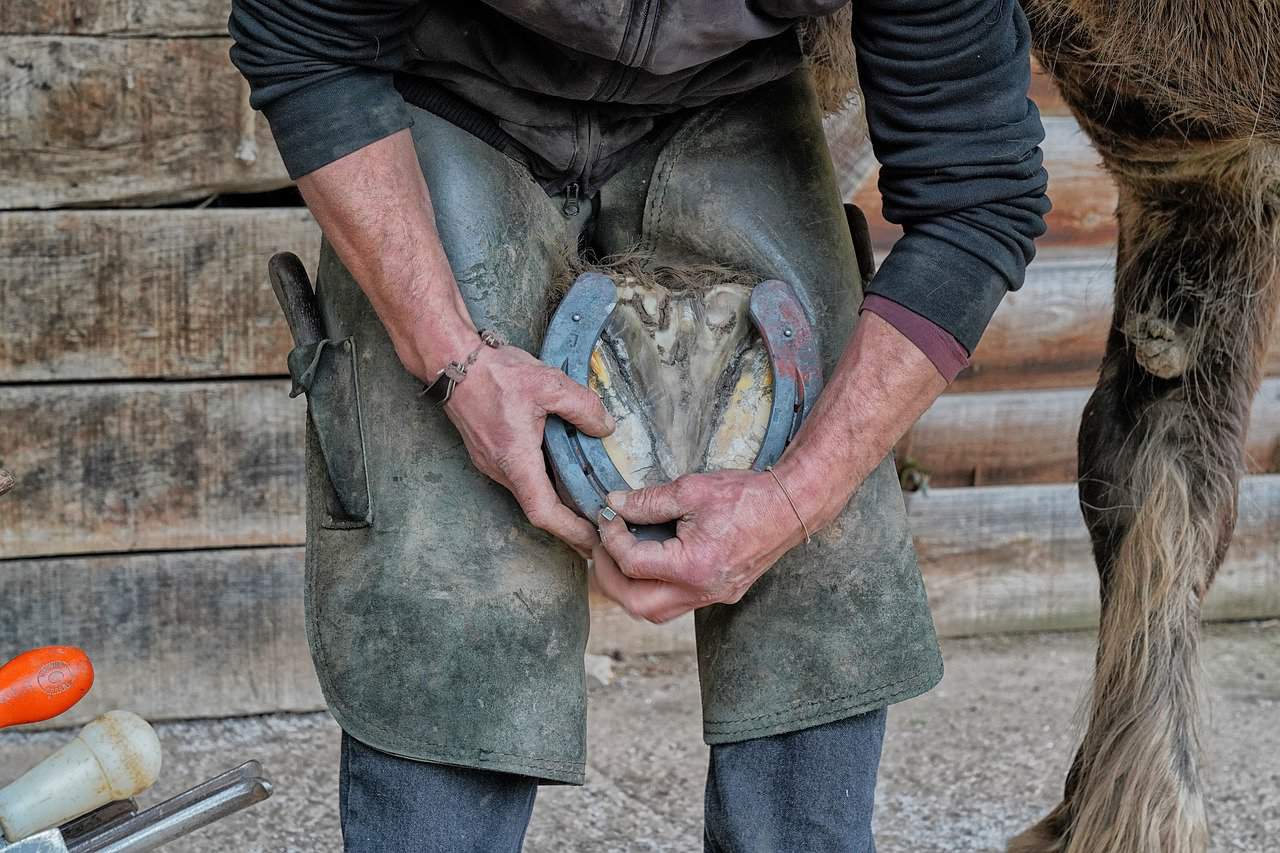
A qualified farrier should be the person that you really trust the most with your horse’s health and as such they should know everything there is to know about trims, about glue-on or tape-on shoes and they need to prove it to you that they know what they’re talking about before they even get close to your horse.
You can quickly do a little bit of an online detective work on your own to see which farrier lives near you and which one of them is really trustworthy, although we do recommend that you only check the verified sources such as the American Association of Professional Farriers.
As far as their general price is concerned though you should never look twice at how much they are asking from you because if you do, they may not do business with you again afterwards and as a horse owner you will need to employ their services very often to say the least.
So, just keep in mind that quality of work should always come first and that you should never take a second glance at a price tag as long as you are happy with the work that they did for you.
Conclusion
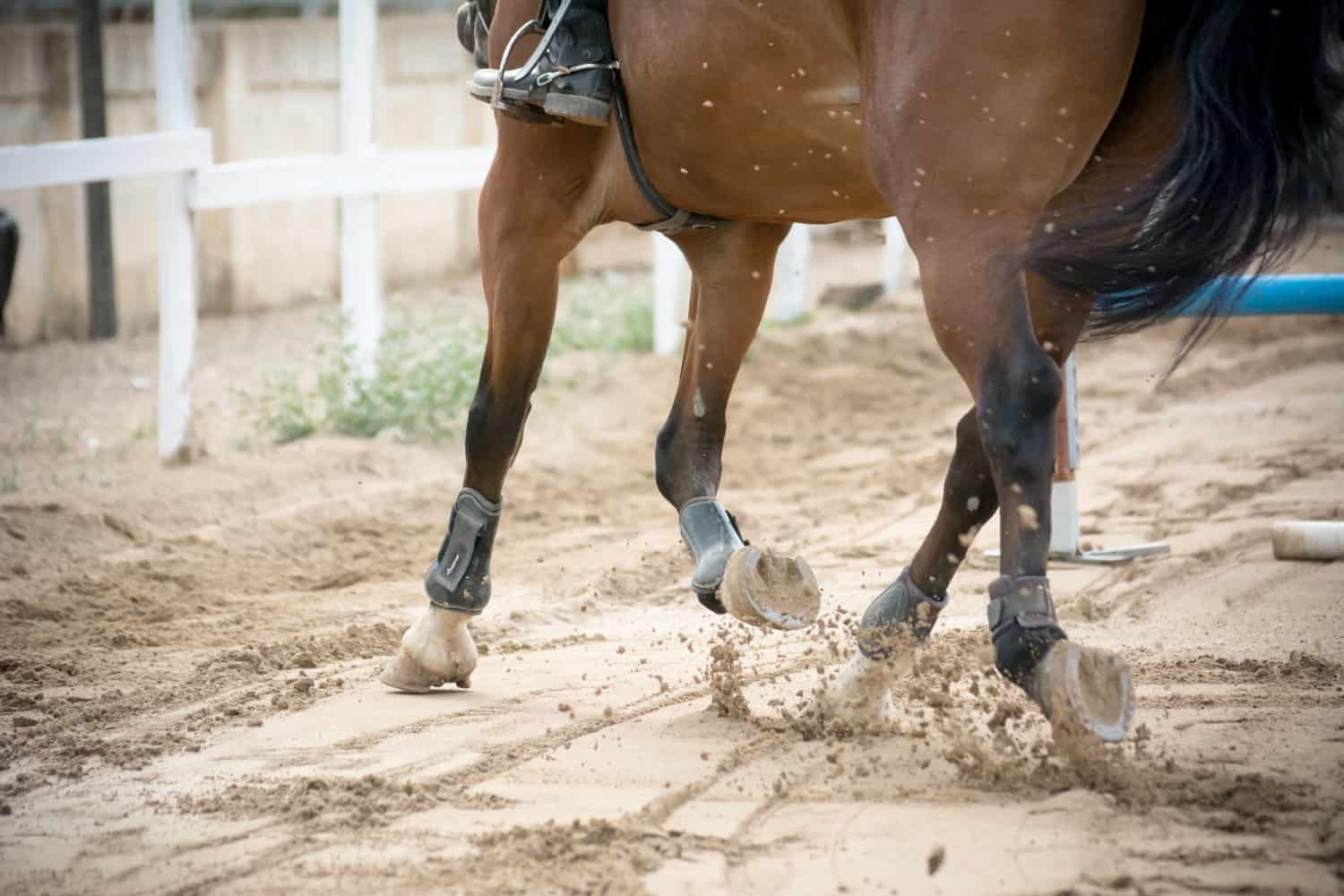
So, why do horses wear shoes to begin with? They do so mostly for protection or performance enhancing reasons.
There are a handful of horses that also wear them because they need them for their own health but for the most part, it’s just a way to keep them safe while they work.
If you want to keep your own horse safe then you will need to invest into a farrier too because you never know when you’ll need their services.

